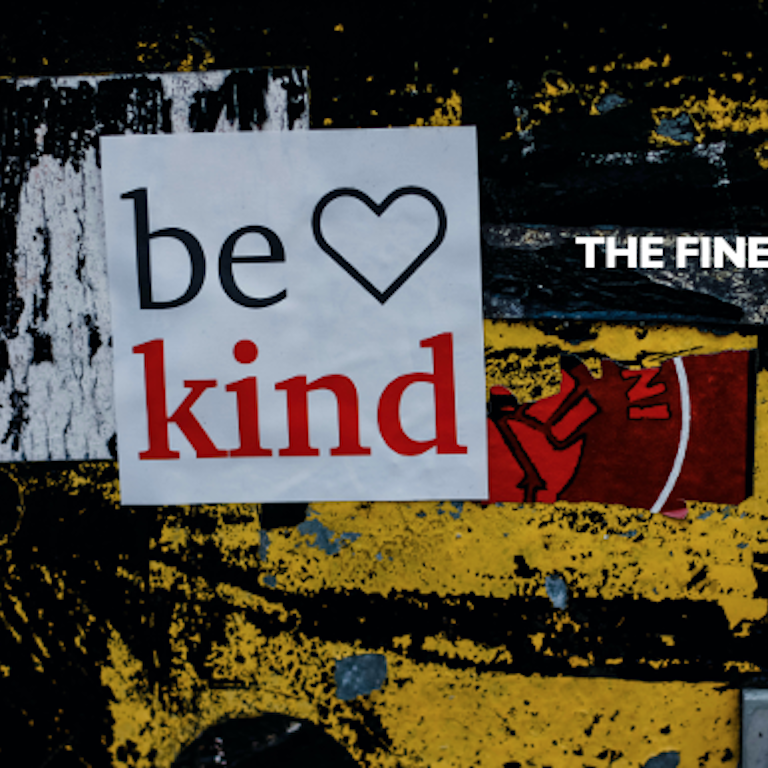Ceriph
It’s a headline I wrote recently for the CERIPH Newsletter.
At the time, I didn’t think it through (you’d expect more from someone considered ‘a creative’ for several years).
I was focused too much on ‘purpose’ and was challenging subscribers to question whether their organisation was paying enough attention to ‘Purpose.’
Back to the headline. On the one hand, how easy is it for you to ‘think’ creatively? Can you sit down, sharpen the pencil (or stylus or even just type) and suddenly create brilliance?
On the other, if you have a purpose, and have defined it – how creative is it? Now we could debate ‘creative’ here, but creativity is about communications that create a desired response.
For one Executive at Unilever, his purpose is ‘to drive superior performance through best-in-class teams.’
Too dry? A little too corporate? Just, right?
Delve deeper and over 55,000 employees at Unilever took part in a two-day workshop to ‘help recognise’ their own purpose. The result is an uplift in engagement scores, increased performance, and scores higher in well-being and resilience.
Is this being creative on Purpose? Unilever would say so.
So compare and contrast with Cyril Gutcsh who had a belief that he could do something about the problem of marine plastic pollution. He founded ‘Parley for the Oceans.’ Did he expect to inspire a brand as established as adidas into creating trainers from Parley Ocean Plastic? Since 2015 and over 50 million pairs of shoes later, Cyril’s drive and determination to do something says he was living with a purpose.
Creative on purpose? Inspiring? Or wide of the mark?
Certainly, a statement of intent.
Having supported organisations of all sizes across the globe to define messaging frameworks, mission manifestos and purpose statements, I’ve found that the key is passion behind the language. Whether the purpose statement is defined by the CEO or developed through consultation with employees – it isn’t going to land, and have an impact, unless it’s authentic and there’s true belief behind it.
As a result, communications flow easier. Stakeholders understand the direction of the business, the Exec team have a shared language, candidates get an instant understanding of what they’re working towards – and employees are aligned.
Take Finisterre, a brand started in 2003 by Tom Kay – ‘born from the need to make innovative product for hardy British surfers and the life they lead.’
“At the heart of what we do is a purpose. A deep belief. That we can make truly exceptional products in a more responsible and sustainable way.” As human beings, we protect what we love.
How’s that for a Purpose statement? Too dry? Too much? Just right.
Whether you’re an investor, customer, or employee – it’s pretty clear what the business is all about. And it’s full of passion. I’m in.
Are you being creative on purpose?




